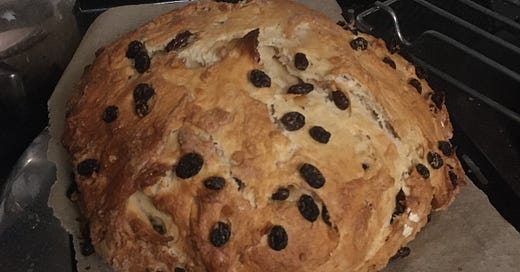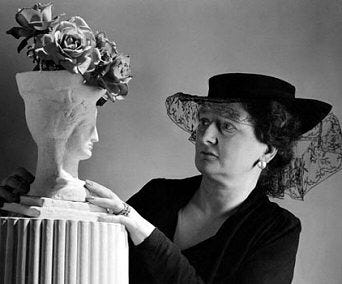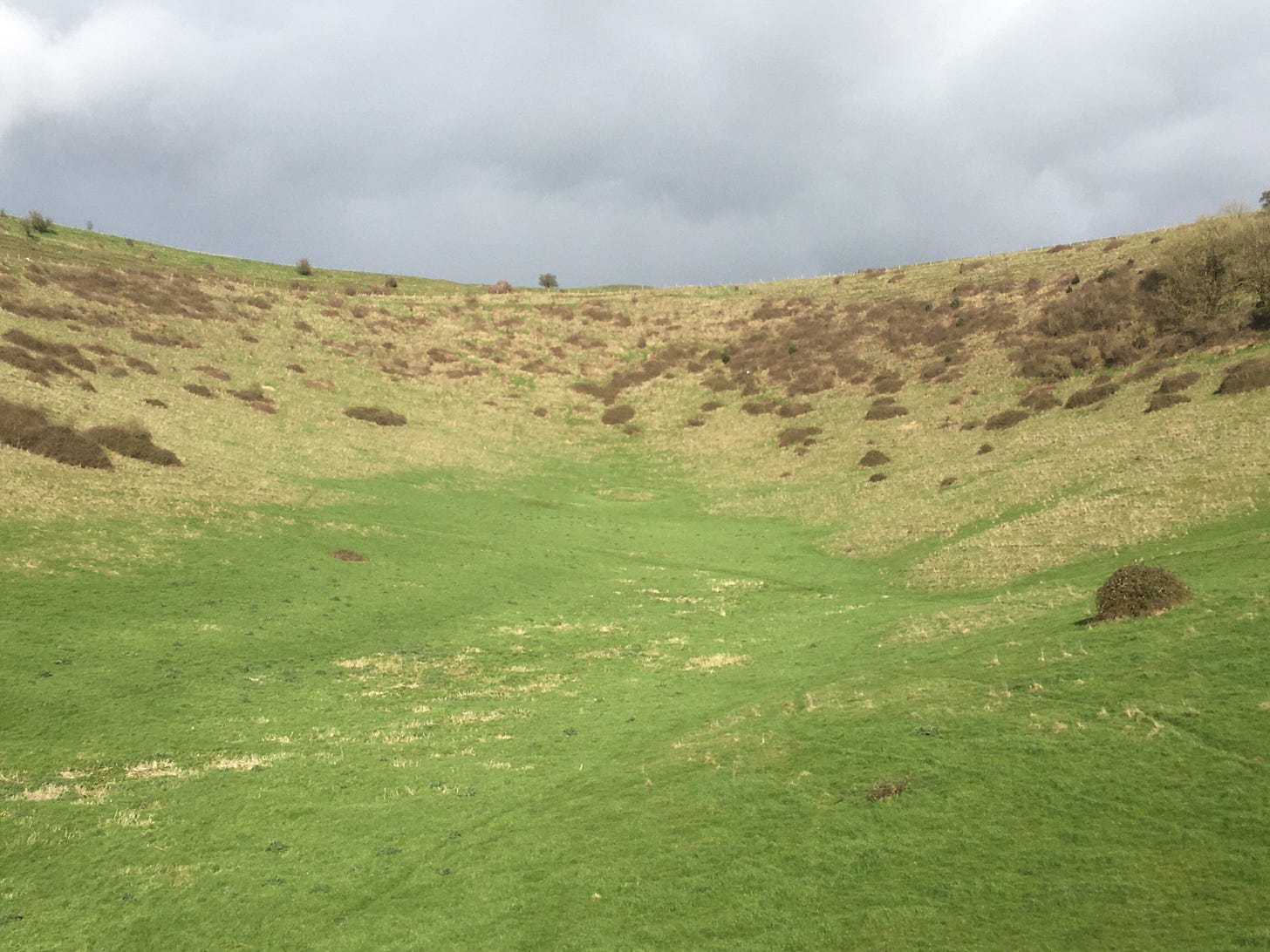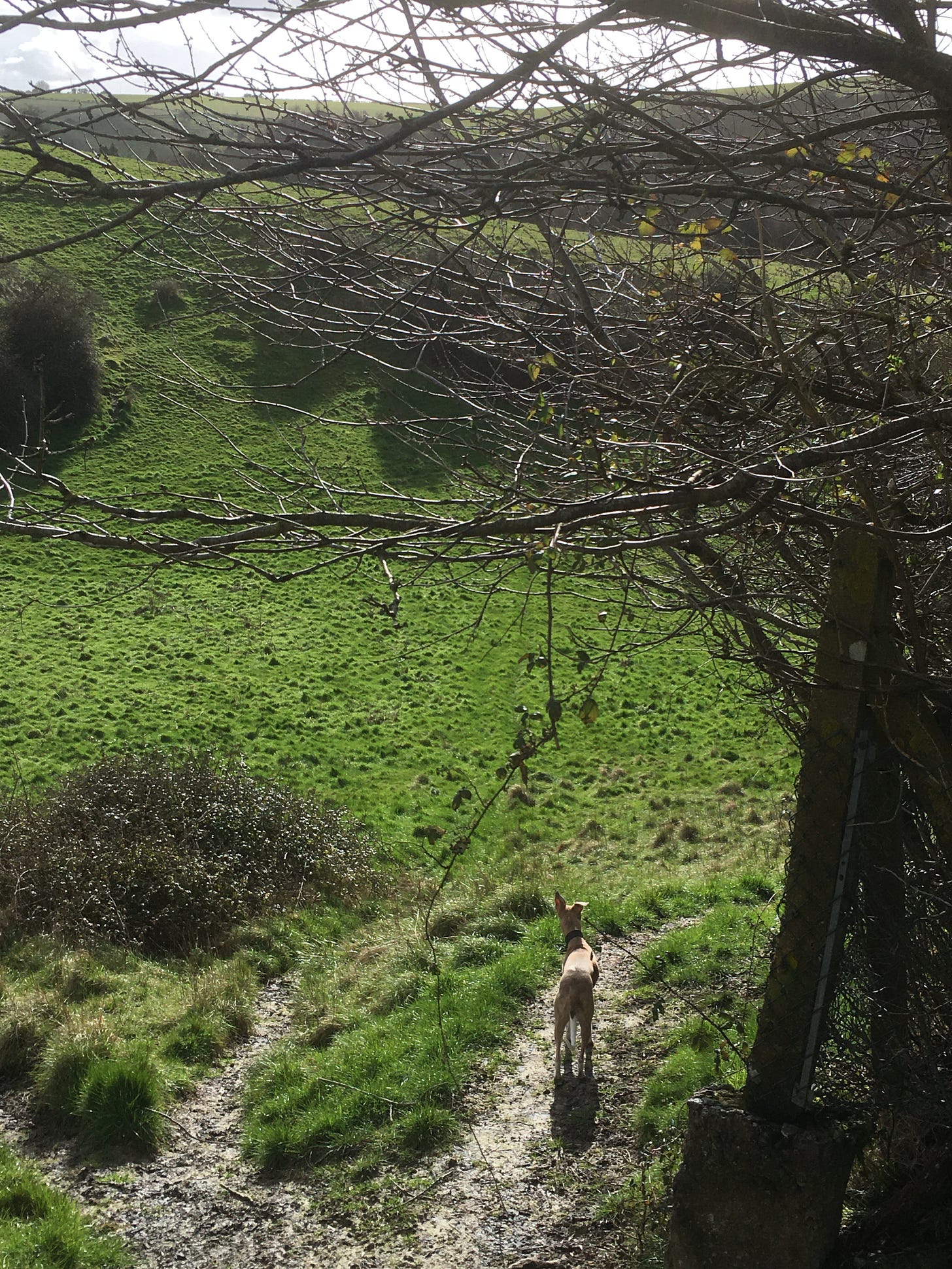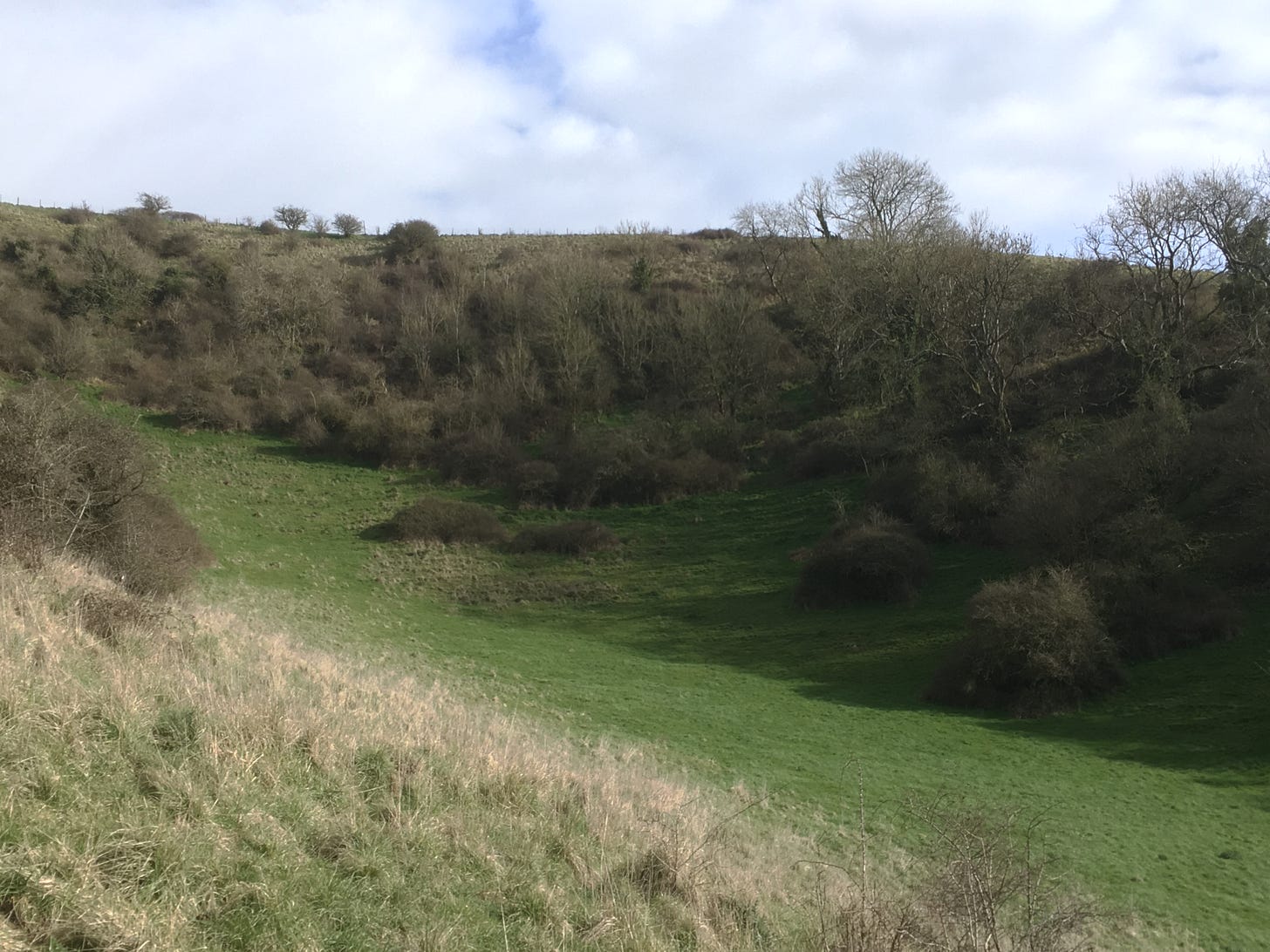Baking with Constance Spry
The chapter on ‘Bread and Bread-making’ in Constance Spry is written under the twin impulses of necessity and nostalgia. Spry was born in Derby in 1886 and her cookery book was published in 1956. In the intervening years she studied nursing in Ireland, married, became secretary of the Dublin Red Cross in 1914, fled from her husband to Barrow-in-Furness, became head of women’s staff at the Ministry of Aircraft Production, and from 1921 was headmistress of a school in Homerton where she taught cookery, dressmaking and flower-arranging - the subjects for which she would gain such renown. She married Henry Ernest Spry in 1926 and opened her first shop, ‘Flower Decoration’, in 1928, quickly becoming a sensation thanks to her use of hedgerow flowers and unusual containers. On the outbreak of the Second World War Spry resumed her teaching and lecturing career, and in 1946 opened a domestic science school with her friend Rosemary Hume. Looking back to her early married life, aged 24 in Co. Kilkenny, she writes:
‘When I first set up housekeeping I lived quite a few Irish miles from a shop, always excepting of course the ubiquitous public-house… Our bread came from the local pub, and very dubious stuff it was both in colour and content: one never quite knew what one might find in the way of odds and ends in a loaf; their presence there was always ascribed to some unaccountable malignancy by the ingenuously surprised publican.’
As we move forward to the chapter on ‘Baps, Crumpets, Muffins, and Pikelets’ she reminisces:
‘Many years ago there used to be in the middle of the town of Derby a little house with a front door rather high up in the wall, and outside it a stone platform approached by a flight of stone steps. On the platform stood a large table covered in a snowy sheet on which were arranged high piles of crumpets, pikelets, and muffins. The whole was presided over by a wrinkled old woman enveloped in a gathered apron and wearing a white bonnet.’
I was looking for a Hot Cross Bun recipe. The closest I could find was a Selkirk Bannock; I remember discovering this large tea cake in the cafe at Barter Books in Alnwick. The reason its deliciousness has stuck in my mind may be more to do with the very long drive combined with the joy of being in a book paradise. Anyway, I started away on the bannock… and immediately hit a rock when it described ‘creaming’ the yeast and leaving it to ‘sponge’. The only yeast I know is the easy bake sort in the form of little grains.
The resulting bannock is vast - and quite solid (is this due to a lack of the mysterious ‘sponging’?). But it does at least have a pleasing sugary crispness to the crust, even if bearing no resemblance to the Selkirk variety that I met in Northumberland.
The sun came out again yesterday afternoon so I took the whippet onto the hill to work off the pat of butter she had stolen. I love the silence of these secretive bowls tucked into the folds of the landscape. Soon thistles will start to grow in the damp green basin at the bottom. Writing in mid-Lent, Ronald Blythe quotes a few lines of St. John of the Cross’ Spiritual Canticle of the Soul and the Bridegroom Christ:
The music without sound, The solitude that clamours, The supper that revives us and enamours.
Meanwhile, Colin Heber-Percy, walking out on the Wiltshire downs on a similar spring morning, bright sky reflected in the puddles, is reminded of Thomas Traherne’s ‘Shadows in the Water’…
Thus did I by the water’s brink
Another world beneath me think;
And while the lofty spacious skies
Reversed there, abused mine eyes,
I fancied other feet
Came mine to touch or meet;
As by some puddle I did play
Another world within it lay.Thomas Traherne (1636-74) was a clergyman and theologian whose poetry was only rediscovered in the late 19th century. Though a contemporary of Henry Vaughan and considered alongside John Donne and George Herbert, he is, in Heber-Percy’s words, ‘more proto-Romantic, more mystic than metaphysician.’ This poem, like the Spiritual Canticle, displays a childlike wonder in the beauty of creation.
Talking of childlike wonder, the bedtime story of choice is currently Tintin - a joy to re-read - although I’m not sure I’ve yet got the voices of the Thompsons or Captain Haddock honed for full comic effect…

